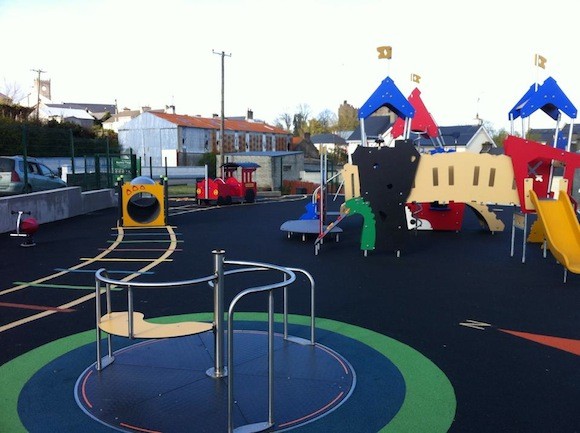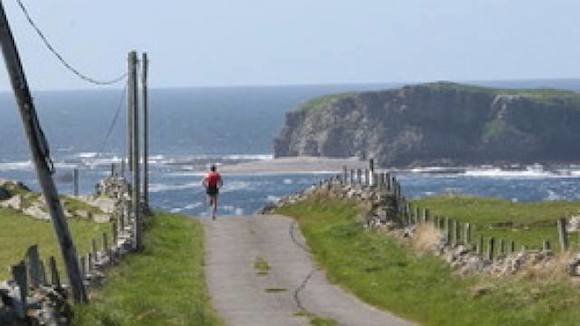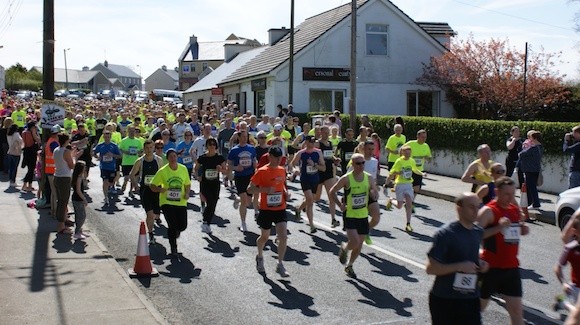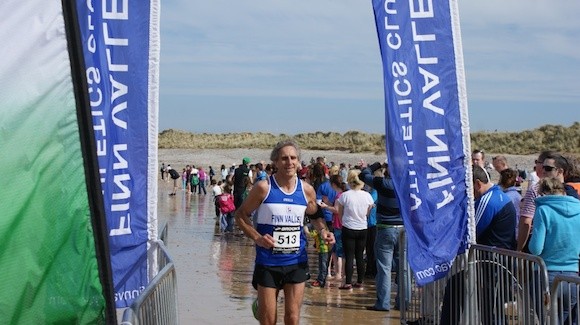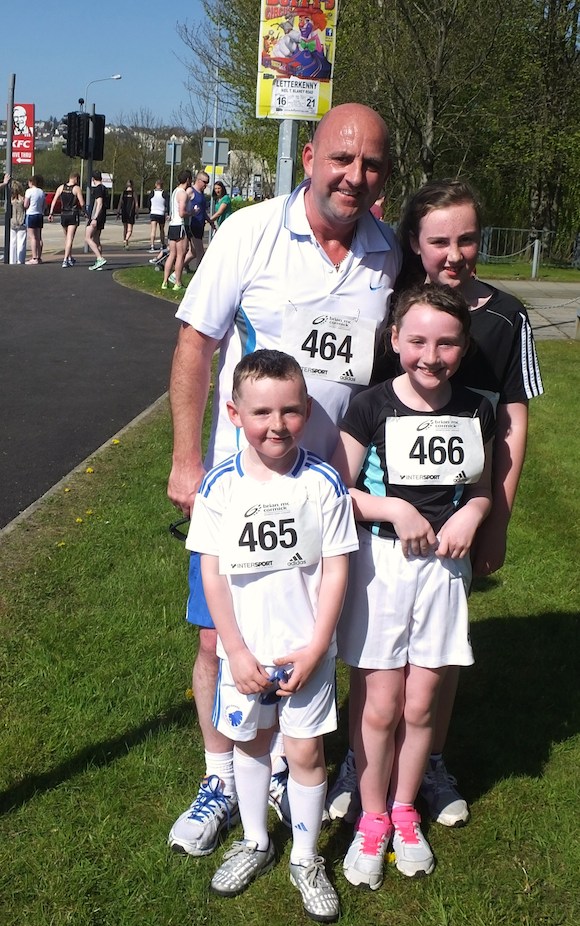Sixth class students from Kilmacrennan NS got into the spirit of Easter, when they undertook in a unique science project which detailed the life cycle of a duck.
Innovative sixth class teacher Ann-Marie Ferry decided on the informative project as part of a science project. 
The project was seasonal with Easter on the horizon when students began their assignment.
Ms.Ferry told Donegal Daily, “My class and I undertook a project on the Life Cycle of a Duck.
“We hatched our own ducklings using an incubator!
“The school has a very hands-on approach to teaching science and this is reflected in this project.
“Thankfully the pupils were very responsive towards the project and enjoyed learning about the Life Cycle of a Duck. 
“They all had great ‘Quack’, quipped Ms.Ferry.
Reiterating this approach towards Science, all classes in the school also participated in the Life Cycle of a Butterfly.
Below students from Ms.Ferry’s class outline everything that was involved in the project.
We, Sixth Class of Scoil Cholmcille, Kilmacrennan have started a project on the Life Cycle of a Duck.
Our teacher Ms. Ferry, brought in two incubators to school, an automatic incubate incubator which turns constantly and a manual incubator which we must rotate ourselves 45 degrees every 7-8 hours. 
Ducks 5 Together, the incubators hold around 34 eggs which were brought in by some of our peers.
When the eggs were brought in, they were placed in the incubator for 28 days.
They were kept at a temperature of 38 degrees Celsius and kept at a humidity of 40-50 %. The eggs are whitey-blue in colour.
After 28 days, there should be a few cracks on the eggs.
When they are about to hatch, they peck at the shell. This can sometimes take up to one day!
On the first day of April, (April Fool’s Day) we came into the classroom and heard a chirping noise. One of our ducks hatched prematurely!
We thought on some names and in the end we finally decided on the name, April.
April now lives in a spacious plastic container at the back of the class with air holes for it to breath.
April eats special duck feed and is also accompanied by a teddy bear with whom it sleeps with.
April is kept warm by an Infra-Red lamp and it has a bowl of water to drink from (even though April uses it for swimming in).
Sometimes we put it in a basin of water so it can swim in it and bathe in it.
We taught the younger pupils of the school about the life cycle of a duckling.
We had great fun presenting the PowerPoint Presentations.
The younger children, especially Junior Infants, enjoyed seeing and holding April.
We still have to wait for the other 33 eggs to hatch. They have not hatched yet, but there are a few cracks on most of the eggs.
When they hatch, we will find good homes for April and its brothers and sisters.
By Conor McFadden, Gráinne Russell, Jamie Grant and the rest of sixth class.




